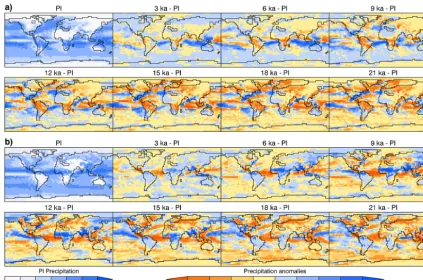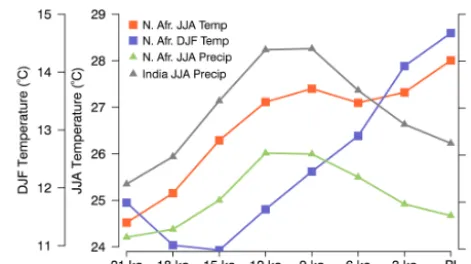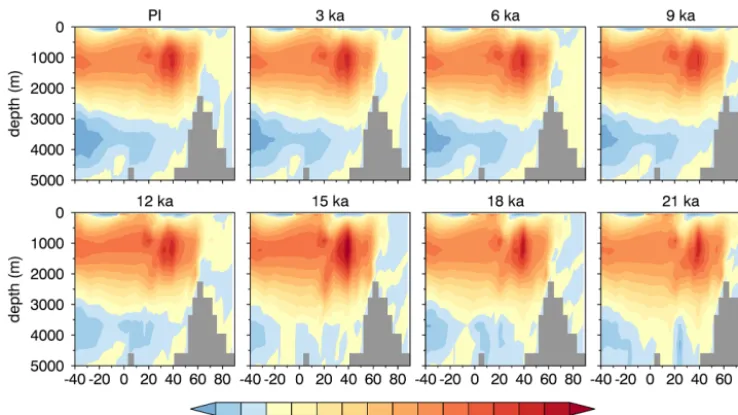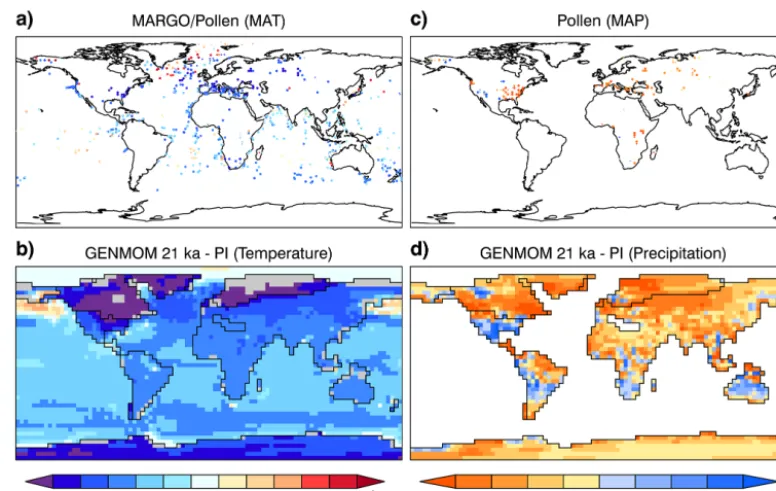Global climate simulations at 3000-year intervals for the last 21 000 years with the GENMOM coupled atmosphere–ocean model
Full text
Figure

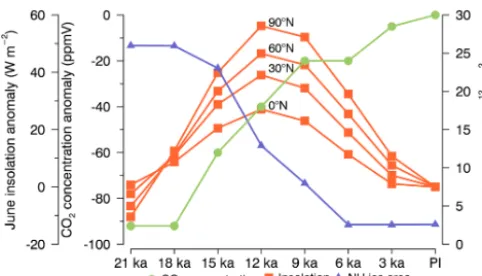


Related documents
The authors further introduced the theory so called interval valued intuitionistic anti fuzzy primary ideal and established its basic operations.. The rest of the paper is designed
The control line does not supply power to the motor directly it is an input to a control chip inside the servo and as such it does not have to supply much current to the
The processing resulted in contour graphs (Fig. 3) indicating the influence of hydrolysis first stage time (factor A, x- axis) and hydrolysis second stage time (factor B, y- axis)
Regarding relevant research, renal patients undergoing HD or CAPD/PD treatment were found to experience QoL deficits, while the areas affected were shown to be varied [9,10].
The Montana Supreme Court held that the district court abused its discretion by denying Hendershot's request for new counsel, specifically relying on the following
We hypothesized that the demand for fertilizer is a function of prices (specifically price of fertilizers and food grains), subsidy, as well as non-price
This paper has presented a set of autoregressive logit models for the short-term probabilistic forecasting of a ramp event, which we defined as the occurrence of a

